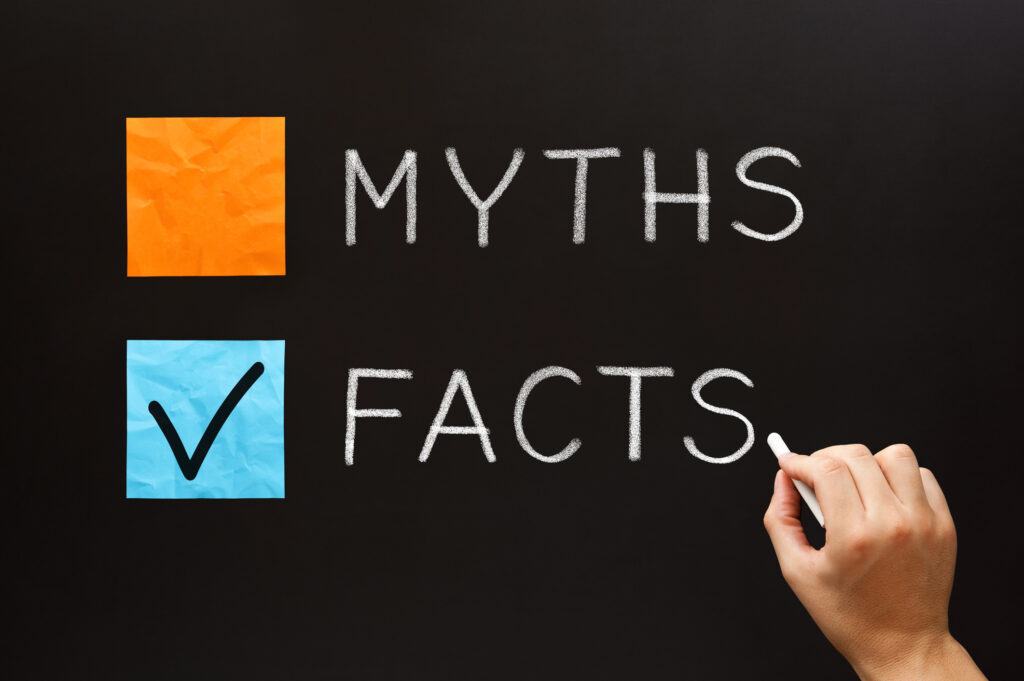
Insurance billing is one of the hardest parts of running a water damage restoration business. Even contractors who’ve been at it for years run into roadblocks and frustrations with the claims process. The reality is that water damage insurance billing is complicated, and there is a lot of misinformation and incorrect impressions out there that make it even more complicated for water damage contractors to navigate.
At One Claim Solution, our insurance billing specialists work with water damage contractors every day to help them optimize their claims processes. Here are some of the most common misconceptions we hear when it comes to the water damage insurance billing process and what the truth is.
Everybody hates pushback. But some water damage contractors dread pushback so much that they don’t bother billing for line items they expect pushback on. Things like PPE, administrative fees, or small material costs often get left off estimates just to avoid an argument with the adjuster.
The problem is that skipping “small” charges adds up. Across hundreds of jobs, these missed items can mean thousands of dollars in lost revenue each year. They’re valid charges for real expenses your company incurs, and they deserve to be included. The solution isn’t to avoid the pushback. It’s to get better at responding to it and justifying your expenses so that you can negotiate more successfully.
Many water damage contractors believe that if their AR team just works harder, they’ll get paid faster. The reality is that hard work can’t accomplish much when your invoicing strategy and processes are broken. Spamming adjusters with emails and calls is more likely to lead to frustrated adjusters, which often means slower responses and less generous negotiation results. Plus, working your team harder but not smarter is almost guaranteed to lead to employee burnout.
The reality is smart processes, not sheer effort, are what make the difference. A well-trained AR team following clear routines will beat an overworked team operating in chaos every time.
Adjusters often like to frame Xactimate’s pricing database as a fair reflection of what the “average” contractor in your area charges. But that’s not what Xactimate data actually measures.
According to Verisk (Xactimate’s parent company), the database is created using “completed bids” and “in-field estimates.” But most of those estimates don’t come from restoration contractors. Verisk’s own reporting showed that 89% of estimates uploaded to Xactanalysis came from independent or staff adjusters, not contractors.
That means the pricing data is heavily skewed—and not in favor of water damage contractors. Adjuster estimates aren’t based on actual work performed; they’re written to counter contractor invoices and with lower prices. Because those numbers get included in the pricing database, they artificially deflate the rates that Xactimate suggests. If you view Xactimate pricing data as an accurate reflection of what your competitors are charging, you may make the mistake of lowering your prices. This leaves you working with razor-thin, unsustainable margins, just to compete with prices that aren’t necessarily actual prices.
The reality is that Xactimate can be a useful tool, but it isn’t gospel. Use it strategically, edit prices when needed, and don’t assume the database represents true market rates.
It’s easy to think that adding a shiny new software tool will solve your billing problems. CRMs, project management tools, and billing platforms can all help, but they’re not silver bullets. Technology only works if your people are trained to use it, and if it’s supported by clear processes. Rolling out a new tool without consistent training or accountability often makes things worse. Your AR team ends up with more confusion instead of more efficiency.
The reality is that technology is a powerful tool, but only when it’s paired with the right people and processes. Think of it as support, not a standalone solution.
Adjusters are trained to push back. It’s just a part of the negotiation process. But many contractors, especially ones new to the industry or claims billing, assume that pushback automatically means their charges are invalid. As a result, they lower their invoice just to get the claim moving.
The reality is that pushback doesn’t mean you’re wrong. If your charges are valid and documented, stand by them. Consistency and persistence pay off in the long run.
This is one of the most damaging assumptions contractors make. Many believe that claims billing will always be painful and that chasing insurance companies, fighting over line items, and waiting endlessly for payment is just part of running a restoration business. They find themselves becoming resigned to the consistent denials and pushback.
The reality is that it doesn’t have to be that way. With the right processes, team training, and technology, you can make your water damage insurance billing far more efficient and tolerable. And if you’d rather not build all of that yourself, it may be time to consider outsourcing your claims billing.
Insurance billing doesn’t have to drain your time, money, and morale. At One Claim Solution, we’ve already developed the processes, technology, and expertise to handle claims billing at scale. Our team negotiates with adjusters, tracks claims, and keeps the process moving so you can get paid fairly and faster, without the daily grind and frustrations.
If you’re ready to spend less time fighting over billing and more time growing your business, partner with One Claim Solution. Contact us today to learn how we can help level the playing field for your water damage company.